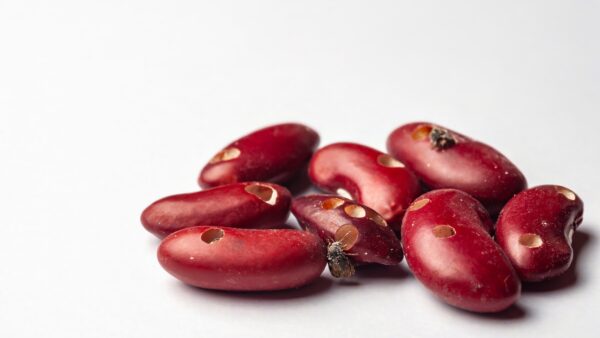In the new post-patent environment, farmers and seedsmen are learning there’s more than meets the eye.
_x000D_
In 2011, Monsanto’s patent on the first generation Roundup Ready trait in soybeans expired. When this happened, no one was sure what the market would be for the 20-year-old technology. But in the past four years, the seed industry has gotten to see how the market treats that product … and in some cases, it’s not good._x000D_
_x000D_
We’re seeing unscrupulous sellers, looking to make a quick profit by selling illegitimate seed, says Lorne Hadley of the Canadian Plant Technology Agency._x000D_
_x000D_
Plant breeders and seed companies have worked diligently to provide farmers with quality seed, pushing the yield envelope. Hadley says farmers recognize these achievements but are being pressured by the current economic environment of depressed commodity prices._x000D_
_x000D_
It’s easy to see how farmers could be enticed into buying lower cost seed, but Hadley says these “deals” come with a hefty price. “One farmer was offered soybean seed at a large discount, but this lower-quality seed ended up costing him hundreds of dollars per acre in lost yield,” Hadley says._x000D_
_x000D_
After the sell, profit-seekers pack up, leaving farmers with no support. The concern for the seed industry, Hadley says, is that these illegitimate sellers lower the market for legitimate ones who work to forge strong relationships with farmers._x000D_
_x000D_
Common seed in Canada is required to be of a registered variety to be sold, but illegitimate sellers can drive across the border, pick up a load of beans and sell them, Hadley says. “We know that the herbicide-tolerant trait is present in a large percentage of the soybean crop,” he says. “But if farmers buy common seed, they don’t know if they are getting Roundup Ready technology or Roundup Ready 2 — which is still under patent protection. It has become a buyer beware system.”_x000D_
_x000D_
Hadley says companies want farmers to be successful and view customers as long-term partners._x000D_
_x000D_
But the bigger concern is the potential market disruption, says Darrel Armstrong, stewardship lead for Monsanto Canada. The original Roundup Ready trait in soybeans is the first large acreage product to come off patent; however, more technologies are scheduled to follow. Although Monsanto has committed to maintaining approvals in key export markets for the original Roundup Ready trait in soybean for a period of time, there is the question about who will maintain these approvals for any trait once the patent has expired and the developer no longer wants to sell the product. Once the import approval lapses or expires in a key market, that can put exports to the market at risk, Armstrong says._x000D_
_x000D_
“Additionally many technologies have specific stewardship needs that help protect the long-term durability,” he says. “With off patent technology, the grower may not receive the correct guidance, increasing the risk the technology may fail, which could also impact similar technologies. If that happens, no one wins.”_x000D_
_x000D_
Avoiding Market Disruption_x000D_
_x000D_
If farmers don’t have certainty in what they buy, they can not communicate to grain buyers or end users what technology is in their grain, making it difficult to ensure that products don’t end up in markets where they’re not approved._x000D_
_x000D_
This was the impetus for the formation of a Joint Post Patent Working Group, bringing together CropLife Canada and the Canadian Seed Trade Association, of which both Hadley and Armstrong are participants. The group is tasked with developing strategies to: Maintain export market access for Canadian seed derived products; maintain confidence in the regulatory system; support sustainable production practices for post patent traits; and develop a clear, unified message._x000D_
_x000D_
The working group has completed a white paper outlining the current state with roles and responsibilities, the challenges and risks associated with the current structure, and guiding principles for the development of a new framework. The working group is expected to continue its efforts and looks to engage Agriculture and Agri-Food Canada and the Canadian Food Inspection Agency in discussions this fall.













